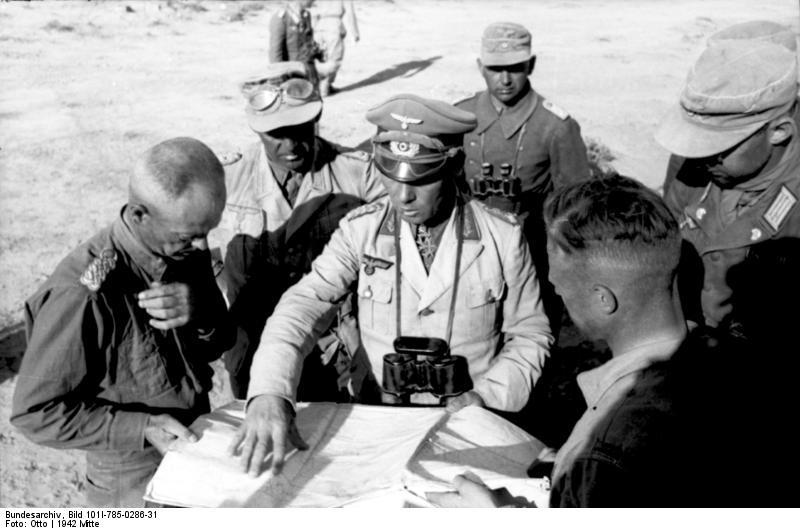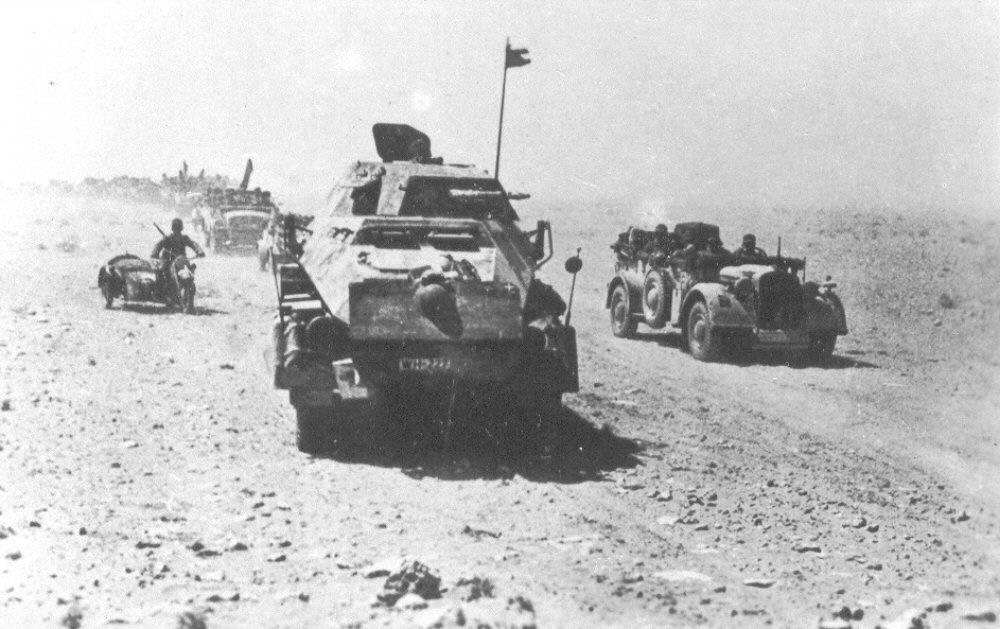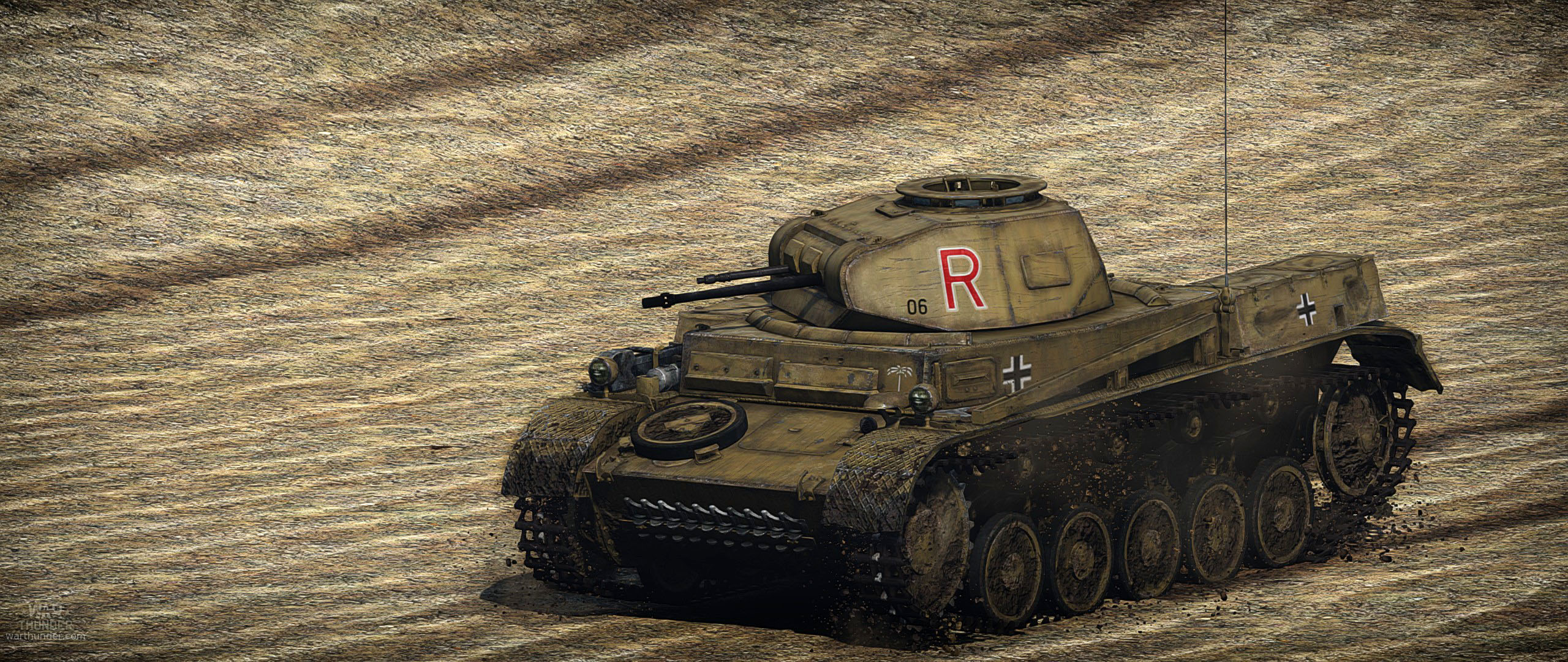
- For PC
- For MAC
- For Linux
- OS: Windows 10 (64 bit)
- Processor: Dual-Core 2.2 GHz
- Memory: 4GB
- Video Card: DirectX 11 level video card: AMD Radeon 77XX / NVIDIA GeForce GTX 660. The minimum supported resolution for the game is 720p.
- Network: Broadband Internet connection
- Hard Drive: 23.1 GB (Minimal client)
- OS: Windows 10/11 (64 bit)
- Processor: Intel Core i5 or Ryzen 5 3600 and better
- Memory: 16 GB and more
- Video Card: DirectX 11 level video card or higher and drivers: Nvidia GeForce 1060 and higher, Radeon RX 570 and higher
- Network: Broadband Internet connection
- Hard Drive: 75.9 GB (Full client)
- OS: Mac OS Big Sur 11.0 or newer
- Processor: Core i5, minimum 2.2GHz (Intel Xeon is not supported)
- Memory: 6 GB
- Video Card: Intel Iris Pro 5200 (Mac), or analog from AMD/Nvidia for Mac. Minimum supported resolution for the game is 720p with Metal support.
- Network: Broadband Internet connection
- Hard Drive: 22.1 GB (Minimal client)
- OS: Mac OS Big Sur 11.0 or newer
- Processor: Core i7 (Intel Xeon is not supported)
- Memory: 8 GB
- Video Card: Radeon Vega II or higher with Metal support.
- Network: Broadband Internet connection
- Hard Drive: 62.2 GB (Full client)
- OS: Most modern 64bit Linux distributions
- Processor: Dual-Core 2.4 GHz
- Memory: 4 GB
- Video Card: NVIDIA 660 with latest proprietary drivers (not older than 6 months) / similar AMD with latest proprietary drivers (not older than 6 months; the minimum supported resolution for the game is 720p) with Vulkan support.
- Network: Broadband Internet connection
- Hard Drive: 22.1 GB (Minimal client)
- OS: Ubuntu 20.04 64bit
- Processor: Intel Core i7
- Memory: 16 GB
- Video Card: NVIDIA 1060 with latest proprietary drivers (not older than 6 months) / similar AMD (Radeon RX 570) with latest proprietary drivers (not older than 6 months) with Vulkan support.
- Network: Broadband Internet connection
- Hard Drive: 62.2 GB (Full client)
'Panzerkampfwagen II, German Africa Corps' camouflage by JoKeR_BvB09 | download here
On the first of August, 1941, the 21st Panzer Division was formed. This unit was fortunate to be joined by the 15th motorcycle battalion and the 104th rifle regiment, the fearsome Flak 36 88mm guns were also brought under Rommel's direct leadership as part of the corps command.
 |
| Generals Rommel and v. Bismack, North Africa, 1942 |
The 21st panzers’ formation emerged due to changes brought about by the aftermath of several battles during operation “Battleaxe”. Changes to the command structures were ordered by the German Army High Command. In an attempt to bring Rommel under control, the OKH attempted to install a liaison command unit, with the Italian Comando Supremo and General Gariboldi. Rommel, seeing this threat to his independence, countered this move by appealing to General Von Brauchitsch to install the DAK as Panzergruppe Afrika. This now independent command gave Rommel the ability to build up his forces and undertake training directed at anti-tank operations and tank maneuver tactics. A key part of this was the unconventional use of the Flak 36 88mm guns as mobile anti-tank weapons; firing from their trailers in a direct fire role.
By September 1941, the 21st Panzers, under the command of General Johann Von Ravenstein, were ordered into their first action “ A reconnaissance in force” as Rommel put it. In reality, it was an attempt to seize a supply depot being built near the frontier for what was likely to be another allied offensive. This was, however, a cleverly disguised trap, tempting Rommel with its promises of fuel and other delicacies of the desert war. The 21st Panzers strode into battle confident and eager. At the border, contact was made with the British 7th Armoured Division. These mobile forces refused battle with the 21st Panzers, until they ran out of fuel at the Sofafi camps. The trap was sprung, and the now immobile 21st panzers suffered heavily from airborne attacks, launched by the RAF and supported by it’s Commonwealth partners.
 |
| German vehicles on the move in North Africa |
The 21st Panzer Division would go on to take part in every major battle during the desert campaigns of North Africa, where the terrain and weather were often as much an enemy to German armies as were the Allied forces. Outcomes would be varied in battles between Allied and Axis forces. What ended up determining these battles, however, was to be the weakness of the Axis supply lines. Despite Rommel leading the 21st to astounding tactical victories, the loss the strategic situations which lead to lack in supplies of fuel, material, and manpower, seriously disadvantaged their fighting efficiency. Eventually, the 21st Panzer Division was defeated, surrendering its arms on the 13th of May, 1943.
From the dust of the desert to the mud and snow of the high mountains of Tunisia, with the now famous battles of Kasserine Pass and it’s final offensive at Medenine, the 21st Panzer division proved time and time again the potential of well commanded combined forces using tanks, artillery and motorized infantry.
Author: Aaron “anglomanii’ Lentz
With an upcoming update, we will add the '21. Panzerdivision' decal to War Thunder:

Decal made by Branislav 'InkaL' Mirkov




